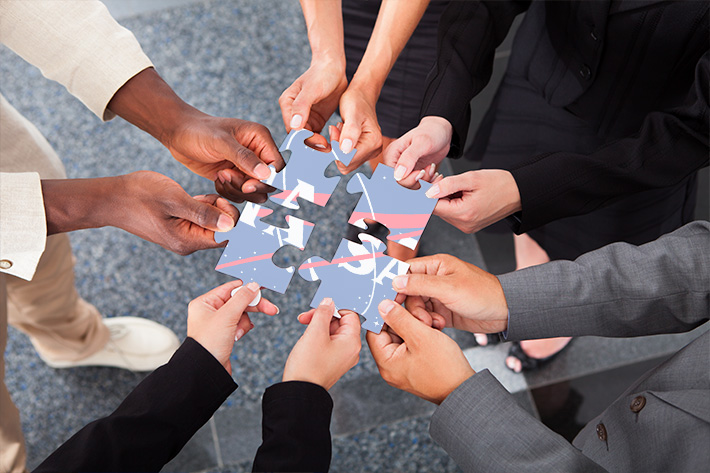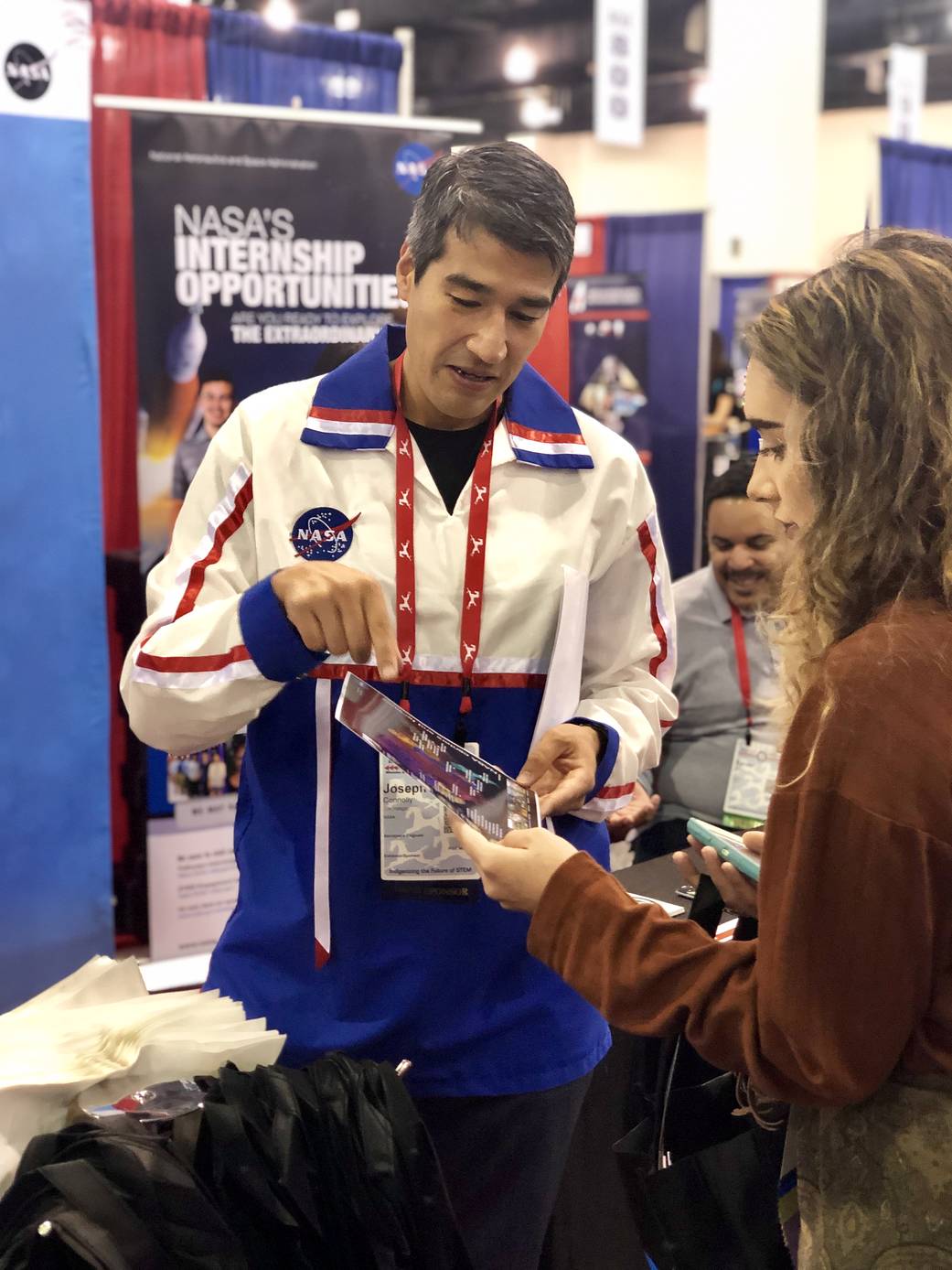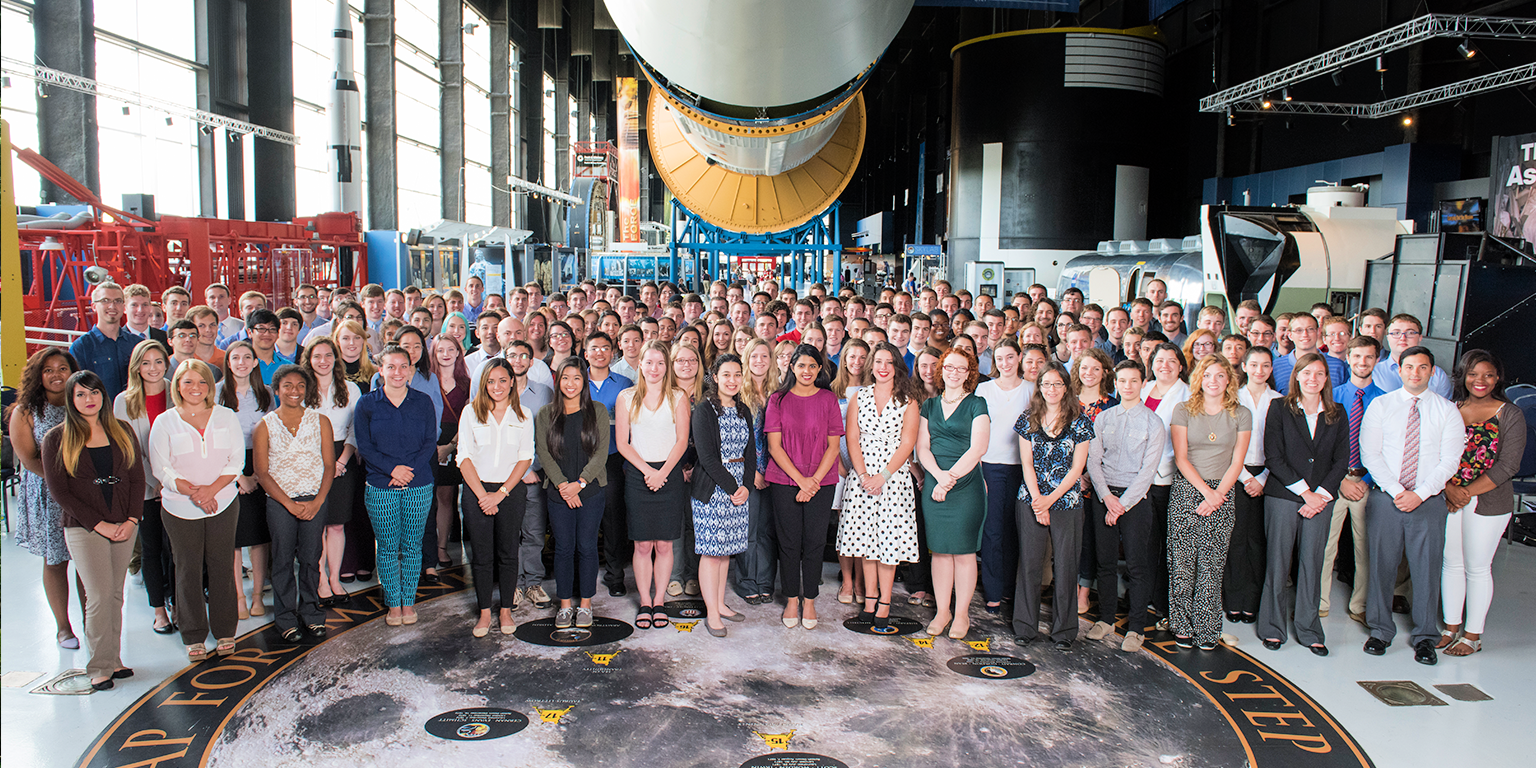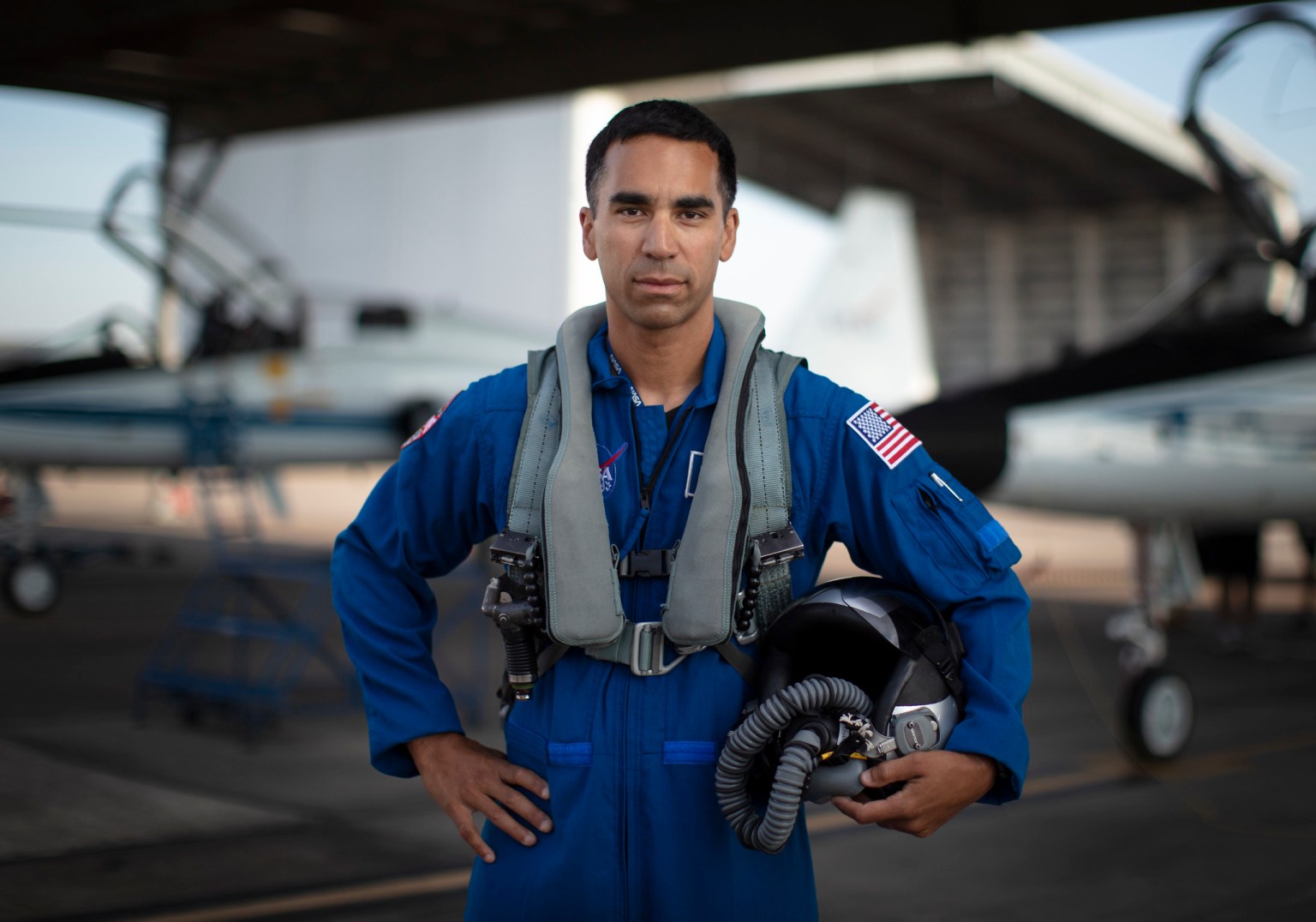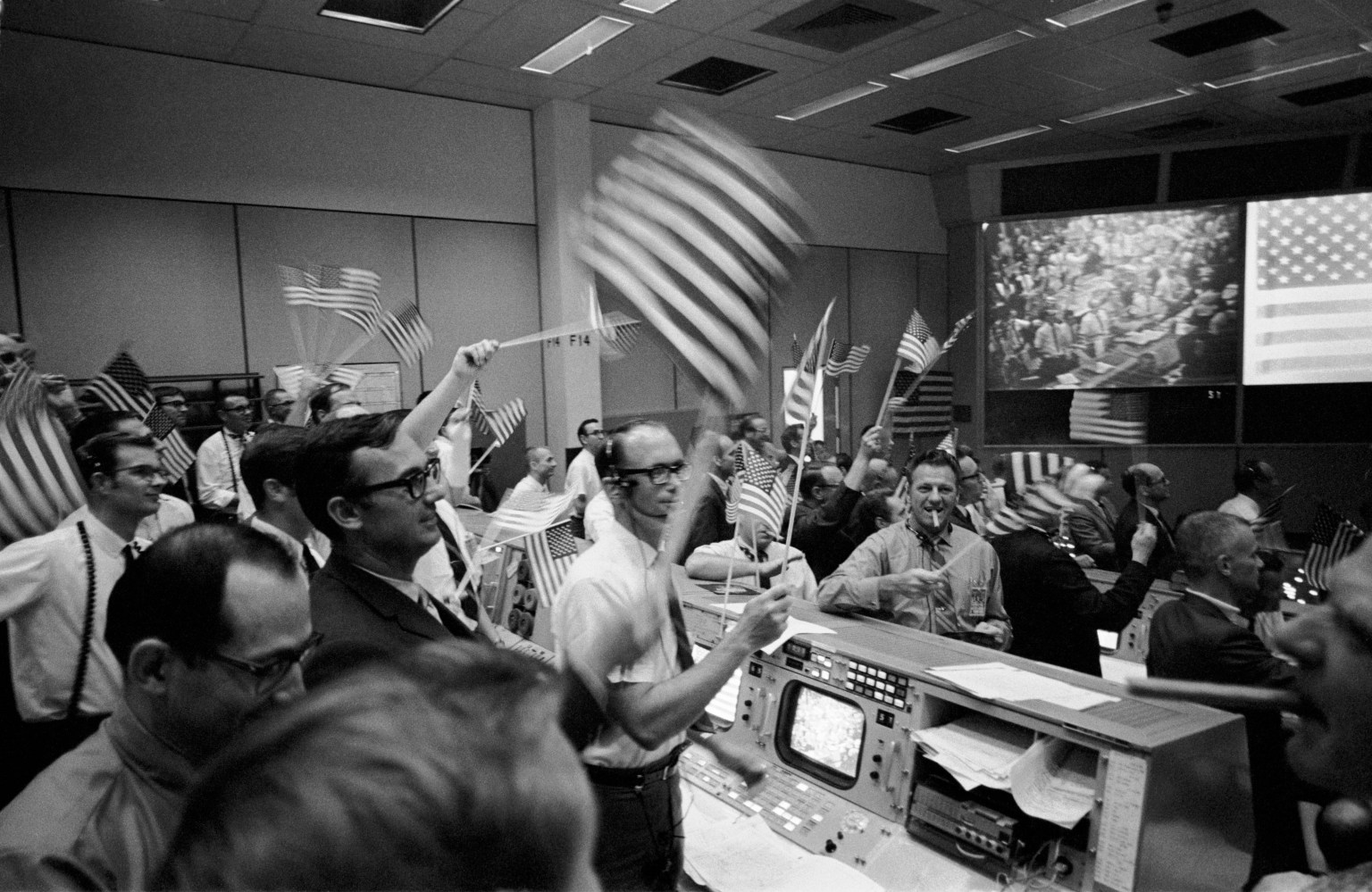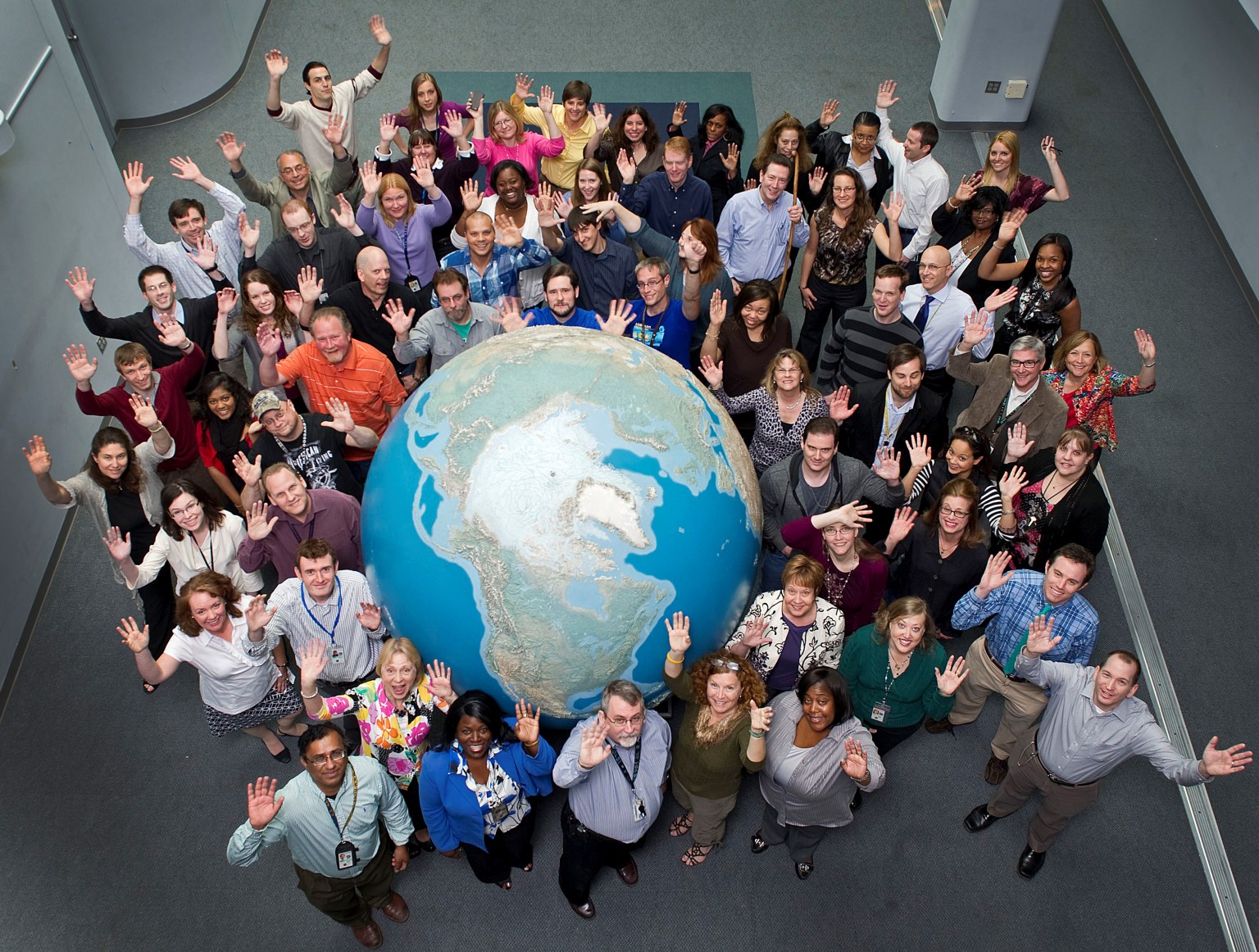
Diversity Drives Innovation
We’re a diverse team united by a shared purpose.
We’re committed to building a workforce that reflects the diversity of the American people. To be successful in our efforts to explore the universe, we must recruit, hire and retain the most talented and promising individuals, from all backgrounds and life experiences.
DEIA in Action
To be successful in our efforts to explore the universe, we must recruit, hire and retain the most talented and promising individuals, from all backgrounds and life experiences.
NASA has been ranked “The Best Place to Work in the Federal Government” for 11 consecutive years, based on data from the U.S. Office of Personnel Management’s (OPM) and Federal Employee Viewpoint Survey. Additionally, NASA has been ranked the most inclusive agency in each of the seven past consecutive years. Here are some recent efforts to support DEIA at NASA:
Supporting Gender Transition/Affirmation in the Workplace
As part of NASA’s plan to prevent and combat discrimination on the basis of gender identity or sexual orientation, NASA engaged LGBTQIA+ ERGs across the Agency to develop NASA Guidance for Supporting Gender Transition/Affirmation in the Workplace. This document provides a process for gender transitioning employees, a sample gender transitioning plan, and best practices for supervisors and employees.
Gender-Neutral Restrooms
Several NASA Centers have converted or have plans to convert both single- and multi-stall restrooms to gender-neutral restrooms to provide adequate facilities access to all employees, including individuals who are or identify as non-binary, transgender, and transitioning.
OSTEM Internships
NASA internships provide unique NASA-related experiences for higher education students—experiences that can help them advance their careers in STEM. A comparison of the demographics of NASA’s interns to both the U.S. STEM workforce and the Federal STEM workforce suggests that the percentage of American Indians and Alaska Natives, Asians, Native Hawaiians, and Other Pacific Islanders, and Blacks and African Americans is greater among NASA’s summer interns than that in the U.S. and Federal STEM workforce populations.
Science Mission Directorate (SMD) Inclusion, Diversity, Equity and Accessibility Learning Curriculum
SMD has provided a multi-pronged internal learning curriculum for staff to engage in conversation and increase awareness on DEIA topics and applications to daily work. SMD organizes a monthly conversation series addressing fundamental topics such as cultural competency, psychological safety, bias, power dynamics, intersectionality and microaggressions.
At NASA, you’ll join a culture that values diversity and inclusion as critical to mission success.
NASA has a robust strategy to ensure diversity, equity, and inclusion is incorporated into our culture and business practices at all levels.
Read more about these efforts in the NASA Strategic Plan for Diversity, Equity, Inclusion Accessibility.
Read More about At NASA, you’ll join a culture that values diversity and inclusion as critical to mission success.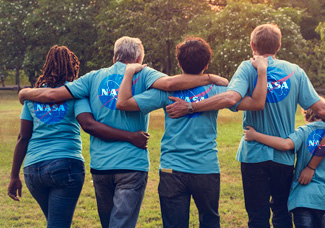
Minorities in Engineering at NASA
While we still have work to do, we have made steady strides in increasing the number of minorities in engineering over the last 20 years.
Minorities in Engineering at NASA in the last 20 years:
- The hiring of Native American engineers increased by 55%
- The hiring of Hispanic engineers increased by 45%
- The hiring of African American engineers increased by 12%
- The hiring of Asian Pacific Islander engineers increased by 29%
- 50% of the latest class of astronauts is female
8 in 10 NASA employees believe*:
- Their supervisor treats them with respect (94%)
- Their supervisor is committed to a workforce representative of all segments of society (91%)
- Their organization’s management practices promote diversity (e.g. outreach, recruitment, promotion opportunities) (87%)
- People’s differences are respected (89%)
- They can disclose a suspected violation of any law, rule or regulation without fear of reprisal (85%)
*Source: 2022 Federal Viewpoint Survey
(Note: These numbers are only for federal employees and do not include contractors.)
Areas for Improvement: Although NASA meets or exceeds the Federal STEM workforce benchmarks for most STEM occupations, we believe more attention must be paid to ensuring members of underrepresented and underserved communities have the opportunity to pursue careers in STEM and at NASA. We have a particular focus on recruiting and retaining women in STEM. Learn more about these efforts.
Inclusion and Outreach
“Inclusion is very important for my work because it allows for people with different perspectives to come together and figure out new solutions to technology problems. We are trying to solve problems that are going to benefit all people and if we’re going to do that than we need perspectives from all different people to come up with the correct solutions. One of the things that makes me so proud to work at NASA is that NASA does a lot of outreach to Native American communities. NASA has given me the opportunity to be part of my local community and inspire future engineers through outreach engagements in area schools. I also support American Indian outreach by serving as a recruiter at the American Indian Science and Engineering Society National Conference. So while I love doing my technical job, it’s nice that I get to be part of something bigger too.”
-Joseph Connolly, Aerospace Engineer
Employee Resources Programs
We support a diverse, welcoming, inclusive, and equitable NASA community through Special Emphasis Programs (SEP), Employee Resource Groups (ERGs), Special Observance Programs, and Advisory Councils. These efforts focus on nine critical segments of our workforce:
- African American
- American Indian/Alaska Native
- Asian American/Pacific Islander
- Hispanic/Latino
- Individuals with Disabilities
- Lesbian, Gay, Bisexual, Transgender & Allies
- Veterans
- Women
- Young Professionals
Special Emphasis Programs
As a part of the Equal Employment Opportunity (EEO) plan, these employment related programs focus special attention on groups that are conspicuously absent or underrepresented in a specific occupational category or grade level in the agency’s work force. Special Emphasis Programs serve as a channel to management officials and are the foundation of NASA’s diversity and inclusion efforts.
Employee Resource Groups
These voluntary, employee led groups have the pulse of their constituent community and provide a sense of connection and belonging. They are powerful forums to support professional development, increase awareness and education, and help advance the agency’s mission and goals.
Special Observance Programs
These events are the most anticipated programs of the year. Each event provides unique cultural awareness experiences to our workforce. Some examples of special observances are: Martin Luther King Jr Day; African American History Month; Women’s History Month; Lesbian, Gay, Bisexual and Transgender (LGBT) equal rights; Asian Pacific American History Month; Women’s Equality Day; Hispanic Heritage Month; National Disability Awareness Month and Native American History month. These are a collaborative effort by Employee Resource Groups and Special Emphasis Programs and all NASA employees and contractors are welcome to participate.
Advisory Councils
NASA’s Advisory Councils provide a synergistic forum for employees to engage with senior leadership and collaborate on strategic and operational diversity and inclusion priorities. They are comprised of center employee volunteers who meet regularly to provide advice and counsel to the center director, senior management and the Special Emphasis Program managers.
NASA’s Office of Diversity and Equal Opportunity
NASA’s Office of Diversity and Equal Opportunity leads diversity and civil rights policies, programs, and services – enabling the universe of available talent to contribute inclusively and equitably to NASA.
Learn More